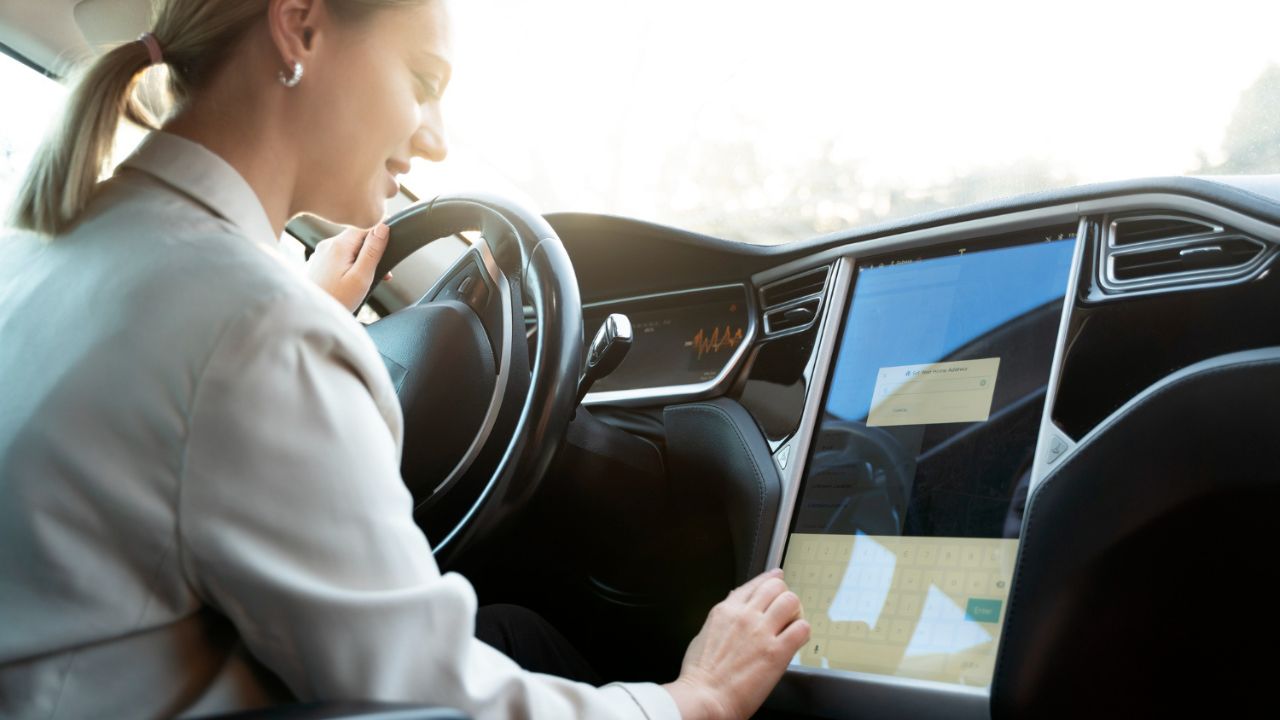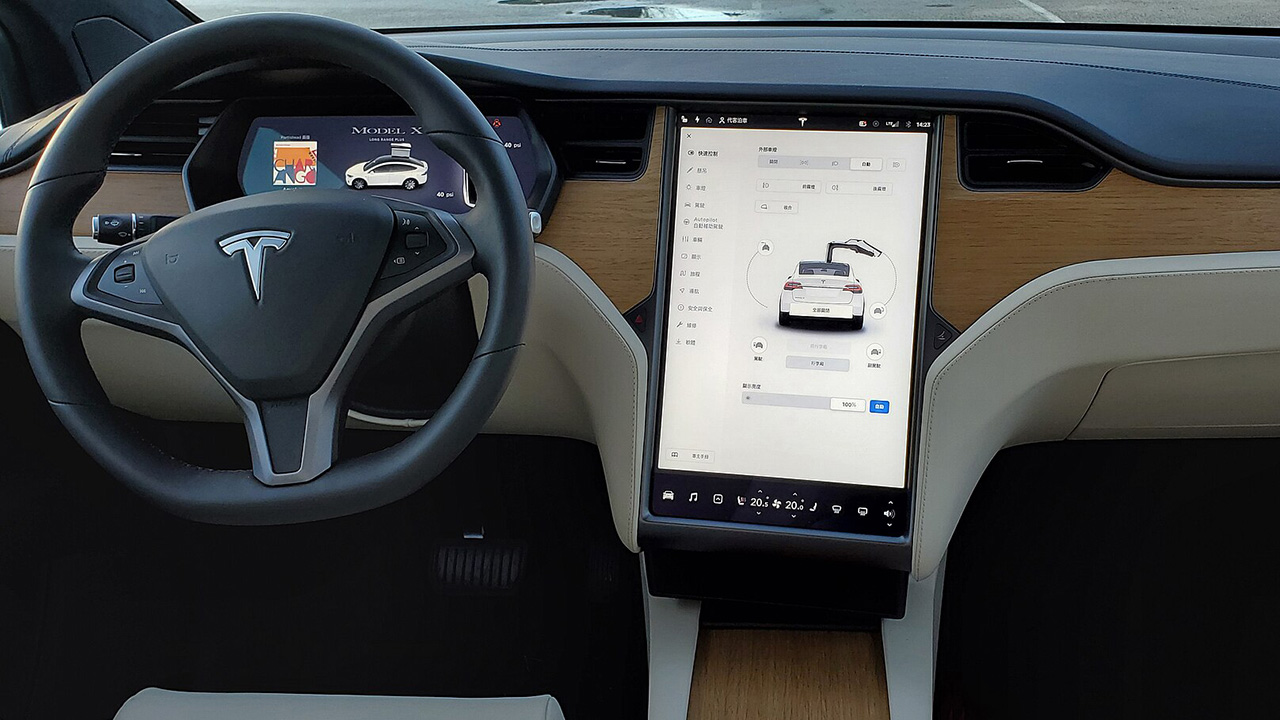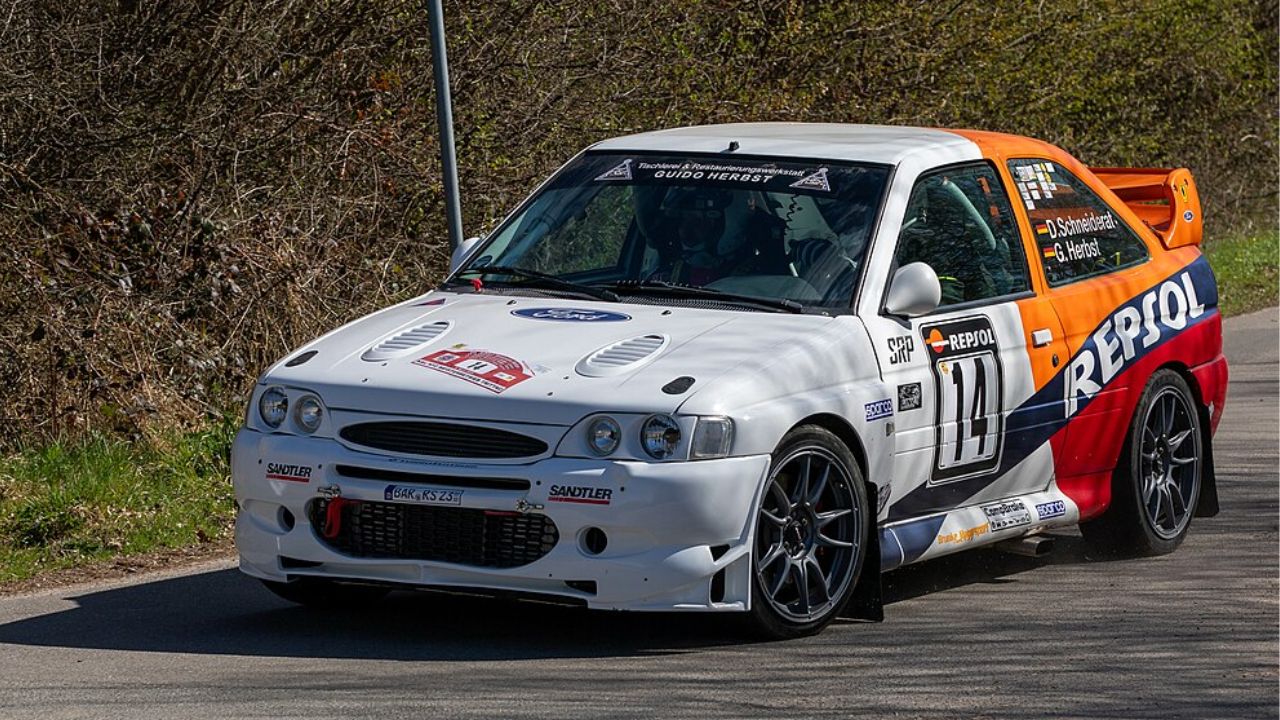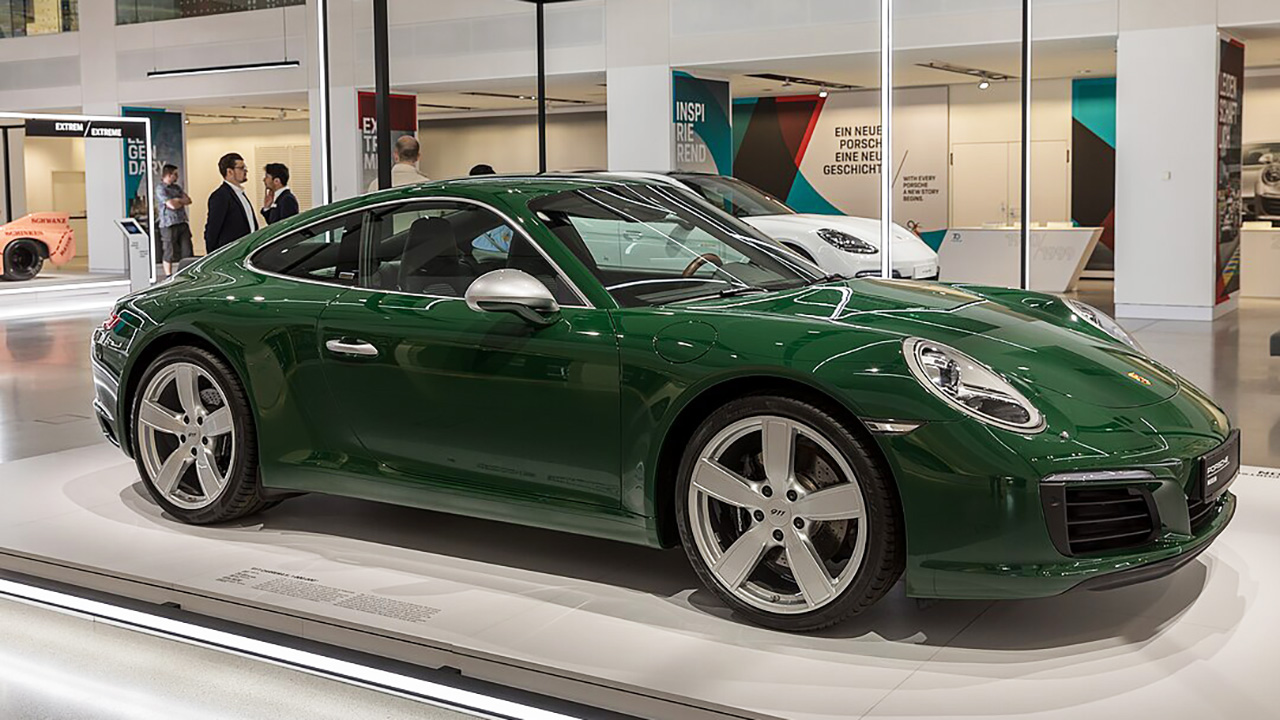Over the last decade, touchscreens have become a standard feature in modern vehicles, offering drivers a more interactive and customizable experience. However, this technological advancement has sparked a debate about its impact on driver safety and focus. Touchscreen interfaces have altered the driving experience, raising concerns about driver distraction and accident rates.
The Rise of In-Vehicle Touchscreens
The evolution from traditional controls to digital interfaces has been swift and significant. Touchscreens have gradually replaced physical buttons and knobs, presenting a sleek and modern dashboard look. The 2017 Tesla Model 3, for example, features a minimalist design with a central 15-inch touchscreen controlling nearly all vehicle functions. This transition reflects a broader trend in the automotive industry toward digital interfaces, driven by both aesthetic preferences and the desire for greater customization.
Touchscreens appeal to both manufacturers and consumers for various reasons. For manufacturers, they offer a cost-effective way to update vehicle software and features without physical changes. Consumers, on the other hand, are drawn to the intuitive and user-friendly nature of touchscreens, which often resemble the smartphones and tablets they use daily. This familiarity can make the driving experience more enjoyable and engaging.
Integration with smart technology further enhances the appeal of touchscreens. Modern vehicles, such as the 2021 Ford F-150, offer seamless connection with mobile devices, allowing drivers to access apps like Apple CarPlay and Android Auto directly from the dashboard. Voice assistants like Amazon Alexa and Google Assistant can also be integrated, enabling hands-free control of various functions and reducing the need for physical interaction with the touchscreen.
Assessing Driver Distraction
One of the primary concerns with in-vehicle touchscreens is the increased cognitive load and multitasking demands they place on drivers. Unlike physical buttons, which can often be used by touch alone, touchscreens typically require visual attention, thereby increasing cognitive demands. This can lead to a dangerous situation where drivers split their focus between the road and the screen, impairing their ability to process critical driving information.
Visual attention is crucial for road safety, and touchscreens can detract from this focus. Studies indicate that taking one’s eyes off the road for even a few seconds to interact with a touchscreen can significantly increase the risk of accidents. For example, adjusting a GPS route or changing music playlists can divert attention, leading to potentially hazardous situations. Compared to traditional controls, touchscreens may lead to greater distractions due to their requirement for visual and sometimes complex interactions.
Traditional vehicle controls, such as knobs and buttons, allow for tactile feedback that enables the driver to operate them without taking their eyes off the road. In contrast, touchscreens often lack this tactile feedback, making it necessary for drivers to look at the screen to ensure they are selecting the correct function. This difference can result in touchscreens being more distracting than their traditional counterparts.
Studies and Statistics on Touchscreen Use
Research has shown a correlation between touchscreen use and increased traffic accidents. A study by the AAA Foundation for Traffic Safety found that touchscreen interactions could delay driver reaction times by up to 40%, akin to the impact of driving under the influence of alcohol. These findings underscore the potential dangers touchscreens pose when used irresponsibly.

Reaction times are a critical factor in avoiding accidents, and touchscreens can negatively impact this aspect of driving. Compared to other in-car distractions, such as talking on a hands-free phone, interacting with a touchscreen can lead to longer delays in reaction time. This increased delay can mean the difference between a near-miss and a collision, emphasizing the importance of minimizing touchscreen use while driving.
There have been several notable accidents attributed to touchscreen distraction. In one instance, a driver of a Tesla Model S in 2018 was reportedly using the vehicle’s touchscreen to adjust the cabin temperature when the car collided with a stationary fire truck. Such incidents highlight the real-world consequences of touchscreen distractions, reinforcing the need for careful use and design consideration.
Design and Usability Considerations
To mitigate the risks associated with touchscreen use, manufacturers are focusing on user-friendly interface design. An intuitive touchscreen interface can help reduce cognitive load by making functions easy to find and operate. For instance, the 2020 Mercedes-Benz S-Class features a well-organized menu system with large icons, allowing for quick and easy navigation.
The size and placement of touchscreens within the vehicle are also crucial for minimizing distraction. Screens that are too large or positioned awkwardly can force drivers to take their eyes off the road for extended periods. Ideally, touchscreens should be within the driver’s natural line of sight and require minimal head movement to access. The Volkswagen ID.4, for example, features a centrally located screen that is easily reachable and viewable from the driver’s seat.
Advancements in haptic feedback and voice control are promising alternatives to traditional touchscreen interaction. Haptic feedback provides tactile responses to driver inputs, allowing users to confirm selections without needing to look at the screen. Voice control systems, like those found in the Ford SYNC 4, enable drivers to adjust settings and access information hands-free, significantly reducing the need for visual interaction with touchscreens.
Regulatory and Industry Responses
Current regulations governing the use of touchscreens in vehicles vary by region but generally aim to limit distractions. For example, the National Highway Traffic Safety Administration (NHTSA) provides guidelines for in-vehicle technology, recommending that infotainment systems be designed to minimize distraction and keep drivers’ eyes on the road.
Car manufacturers are actively addressing safety concerns through technological advancements and design improvements. Innovations such as heads-up displays (HUDs) project critical information onto the windshield, allowing drivers to access data without looking away from the road. Additionally, manufacturers like BMW are experimenting with gesture controls, which allow drivers to interact with their infotainment systems through hand movements detected by sensors.
The future of in-vehicle touchscreen technology is likely to involve further advancements in safety and usability. Potential policy changes may enforce stricter guidelines on touchscreen design and use, pushing manufacturers to develop more innovative solutions. As technology evolves, the challenge will be to balance the benefits of touchscreens with the need to maintain driver safety and focus.
Like Fast Lane Only’s content? Be sure to follow us.
Here’s more from us:
*Created with AI assistance and editor review.







Leave a Reply